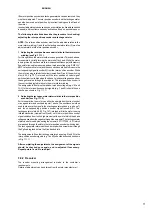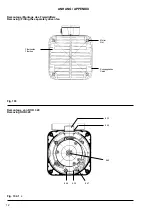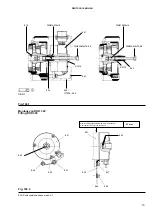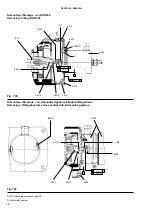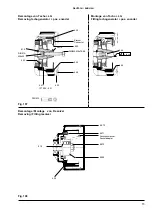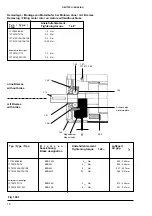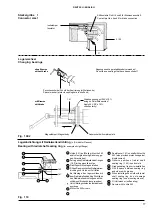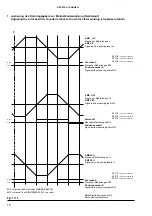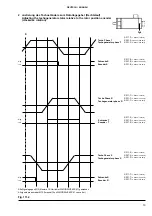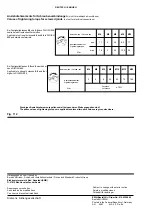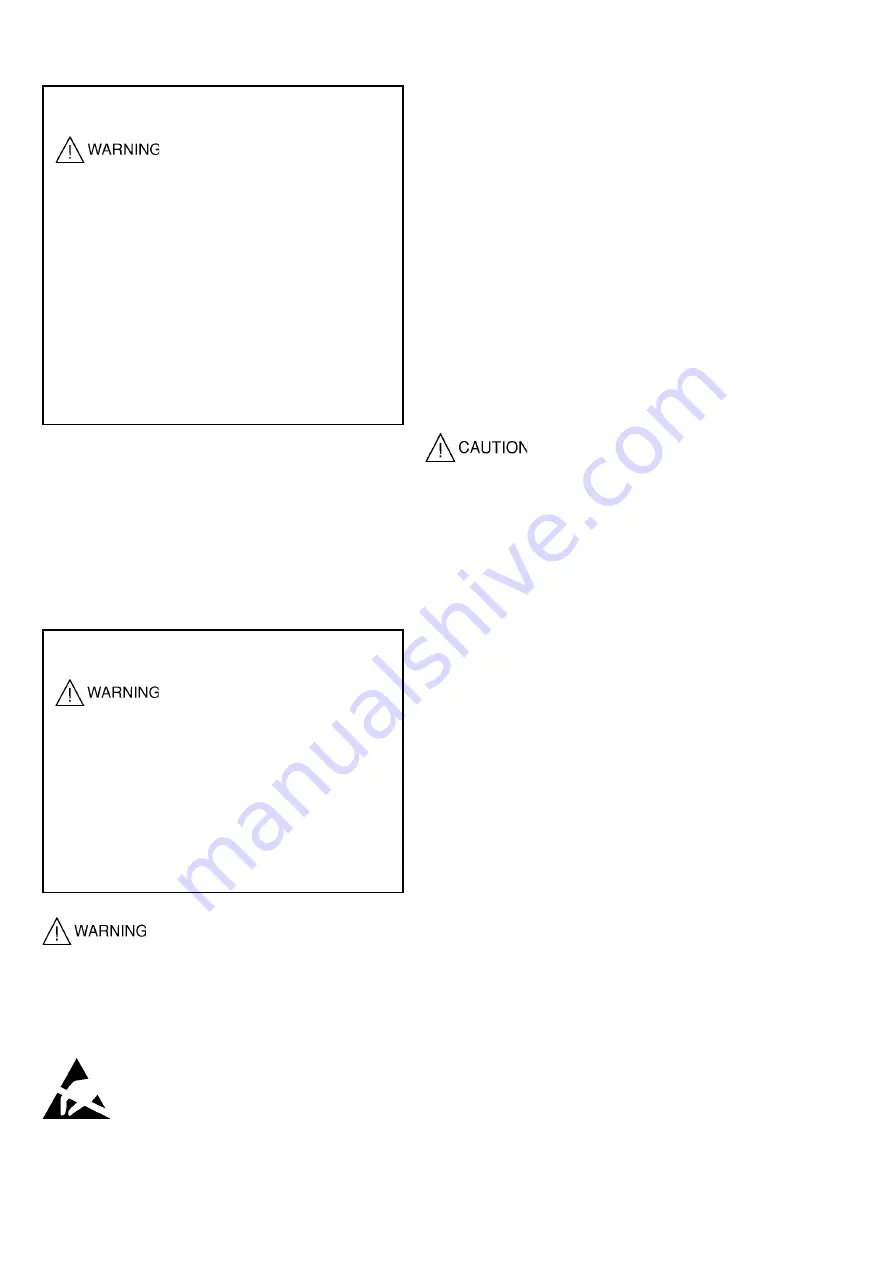
General information
All information and instructions contained in
instruction manuals or any other instructions
supplied must be observed.
This is indispensable for the avoidance of risk and damage! An
additional safety information sheet is enclosed (yellow) which provides
supplementary information on the safety of electrical machinery and
equipment. These safety instructions are therefore also intended to
supplement all other instruction manuals or any other instructions
supplied.
Furthermore, the applicable national, local and plant-specific
requirements and regulations must be observed!
The technical specifications of special versions and design
variations may differ from those specified! If you have any doubts
whatsoever, we strongly advise that you consult the manufacturer,
giving details of type designation and serial number, or that you have
the service work carried out by a SIEMENS Service Center.
3
Maintenance
3.1
General information
It is assumed that maintenance work is carried out by qualified personnel
(for definition of qualified personnel, see DIN VDE 0105 or IEC 364).
After carrying out maintenance work, refer to Section 2, Operation in the
Instructions for 1FT5 motors (610.41199.21) again!
Safety precautions
Before carrying out any work on the motor or unit, and
especially before uncovering live parts,
disconnect the motor from the power
supply. Remember to disconnect any
supplementary or auxiliary circuits as well as the main circuits.
The standard "5 safety rules" according to DIN VDE 0105
apply:
-
Disconnect from the power supply
-
Secure against reconnection
-
Check that equipment is dead
-
Earth and short-circuit
-
Cover or screen off all live adjacent parts
The above actions may only be reversed when all repair work
has been completed and the motor has been completely re-
assembled.
The system must be disconnected from the
power supply before any work is carried out!
Due to the fact that the motors contain perma-
nent magnets, a voltage is generated at the motor terminals when
the rotor is turned.
When removing or fitting parts, make sure that connecting leads are not
damaged, are not under tension and can not come into contact with
moving parts.
Encoder systems, e.g. ROD 320, ROD 426, absolute
value encoder, tachogenerator, or parts which bear
the symbol shown on the left are ESD-sensitive
components and assemblies.
These components and assemblies are sensitive to electrostatic discharge.
Disassembly and assembly should only be carried out where there is
suitable earth protection!
3.1.1 Disassembly
Before disassembly of the motor (e.g. to replace bearings), the original
position of the endshields relative to the motor housing should be marked
(e.g. with coloured marker or marking tool) in order to simplify refitting.
3.1.2
Assembly
Damaged parts must be replaced. Use only spare parts and attachments
approved by the manufacturer.
If seals are fitted to meet the specified degree of protection, they must be
inspected and replaced if necessary.
NOTE: We recommend replacing all seals between parts which are
removed. The seals should be made of FPM (fluor caoutchouc).
Sealing faces without O-rings should be sealed with a sealant (e.g.
Fluid D by Teroson, Heidelberg).
Screws or nuts which are secured with locking, spring-loaded and/
or force-imparting elements (e.g. lock washers, spring washers, etc.)
must be refitted in the same way. Such locking elements must always be
replaced.
All screws without locking elements must be secured with Loctite
243, except for screws for the terminal clamps,
the terminal box cover and the top parts of the
terminal box. These screws perform a
protective earth function and must neither be removed nor coated
with anything which might insulate the screws against the housing
or the terminal box (e.g. Loctite ....).
For screw connections, the tightening torques given in Fig. 112 apply
unless otherwise stated in the operating instructions or other instructions
supplied.
3.2
Replacing the bearings, types of grease
We recommend that the bearings be replaced after approx. 20,000 hours
of operation or after 3 years at the latest. The motors have permanently
lubricated bearings with radial clearance C3 and seals or covers at both
ends. The bearings must be suitable for operation at temperatures
between -10°C and +150°C.
Types of grease for standard motors: UNIREX N3 (Esso); replacement
grease must conform to DIN 51825/K3N.
NOTE: When replacing bearings, the new bearings should have
good seals which match the quality of the original bearings. Check
the bearing inscription and orientation of D-end and N-end bearings!
We recommend that replacement bearings be ordered from the
manufacturer so that special requirements such as bearing clearance
and/or seal material can be taken into account.
Removing (/Fitting) sequence
See Fig. 102.2
3.3
Removing/Fitting the separately driven fan
Removing (see Fig. 103)
- Remove filter box by unhooking the catches
- Unscrew nuts
- Remove fan from motor
Refitting
- Place fan on motor in correct position, if necessary clean filter insert
- Tighten screws
- Observe circuit diagram and arrow showing correct direction of rotation!
ENGLISH
8

















